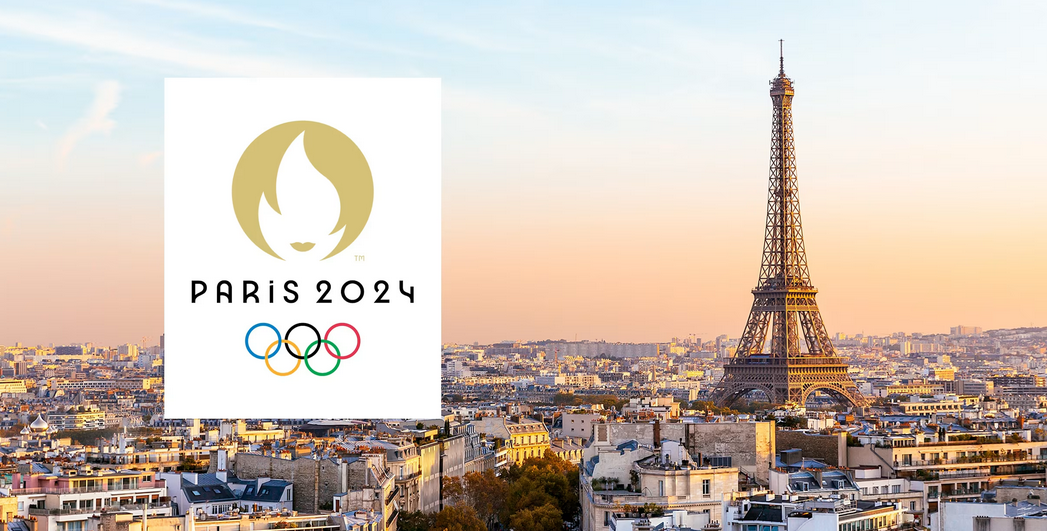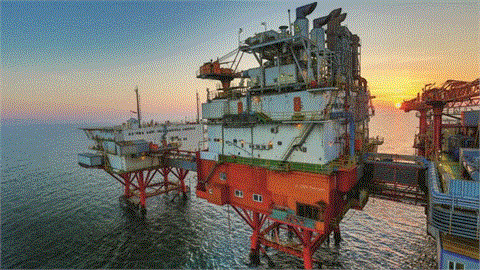by Alex Kimani* The Paris 2024 Olympics is poised to be the cleanest in decades regarding carbon emissions, aiming to cut them by more than half. Paris 2024 is powered by 100% renewable electricity generated in France, sourced from wind and solar farms. Paris has adopted various measures to achieve its emissions goal, including using retractable electric terminals and photovoltaic panels.
Many of the world’s best athletes are currently competing in the most expansive and expensive sporting event on the planet: The Olympics. The 2024 Paris Olympics is currently underway, and is set to end on Sunday, August 11. However, it bears little semblance to the first modern Olympics event held in 1896 in Athens both in the infrastructure, scale and variety of events and, more importantly, budget. In the second half of the 20th century, both the costs of hosting and the revenue produced by the Olympics have exploded, sparking controversy over the burdens host countries shouldered.
According to the Council on Foreign Relations, over the past 50 years, not a single Olympics has come under budget, with some leaving their host cities riddled with debt. For instance, the 2014 winter Olympics held in the Russian city of Sochi was the most expensive in modern history, with coss clocking in at $28.9B, good for a 289% overrun. Experts estimate that the debt and maintenance costs of the Sochi 2014 Winter Games will cost Russian taxpayers nearly $1 billion per year for the foreseeable future.
However, the Paris Olympics might end up making history by being the first modern Olympics to not only stay within budget but also to turn a profit. According to an S&P Global Ratings analysis, Paris budgeted ~$8 billion for the 2024 Olympics when it won its bid in 2017, and later upped the budget by a couple of billions of dollars. These costs are split relatively evenly between operating expenses and new infrastructure. An independent study touted by the IOC concluded that the Paris Games will end up generating between $7.3 billion to $12.1 billion for the city and surrounding Île de France region between 2018-2034. If the final cost stays in that ballpark, Paris will have managed to not only host the cheapest Summer Games in decades but might also make a tidy profit to boot.
The city might earn bragging rights for yet another key milestone: low emissions. Indeed, the Paris Olympics is poised to be the cleanest in decades in terms of carbon emissions.
France’s capital city has unveiled the The Olympics Legacy and Sustainability plan wherein it outlines ambitious ideas to cut carbon emissions, minimize waste and use renewable energy sources. In the plan, Paris has set a goal to cut carbon emissions by more than half to 1.5 million tons. That’s about the same amount of CO2 generated by 550,000 SUVs in a year. Whereas that figure still appears high for a 3-week sporting event, consider that it’s less emissions than the Tokyo Summer Games in 2021, which banned spectator attendance. Indeed, before Tokyo, the London and Rio Olympics generated a hefty 3.4 million tons and 3.6 million tons of carbon emissions, respectively.
Paris has adopted various measures to achieve its emissions goal. To avoid any risk of power cuts, many stadiums use generators for their events. Paris 2024 has, however, chosen a different approach, focused on setting up supplies through the public electricity network. Paris 2024 is powered by 100% renewable electricity generated in France, sourced from six wind farms and two solar farms. French state-owned multinational electric utility company, Électricité de France SA, or simply EDF, will supply the same quantity of electricity to the electricity network as that consumed by the games venues.
This approach is the first of its kind in the history of the Games. This challenge requires existing connections to be linked up or secured for all the sports venues and facilities welcoming members of the public. The matches at the Stade de France will be supplied directly with electricity through a reliable network rather than using diesel generators. After the Olympics is over, these new connections will benefit other events as well, helping reduce the sector’s carbon emissions.
For the games, Place de la Concorde has been equipped with a system of retractable electric terminals installed below the road surface, enabling a direct connection to the electricity network. This innovative and sustainable system has also been installed in other celebration venues such as Place du Trocadero. These event terminals will offer a legacy for the communities, promoting more responsible events after the Olympics comes to an end.
The concave shape of the roof of the Aquatics Centre used for indoor events makes it possible to reduce the volume of air to be heated by 30%, while the water in the pools is kept at 28°C by a system to recover heat from the neighboring data center. Meanwhile, photovoltaic panels installed on the roof are designed to meet around 20% of the building’s electricity needs.
The lighting systems installed or replaced will consume less energy thanks to the use of LED technology, delivering an -80% reduction compared with standard lighting. The electrical equipment is limited to what is essential: fewer plugs, less printers, smaller screen etc. These small changes collectively make a big difference on the scale of the games.
The city has come up with more innovative installations, including:
- A photovoltaic carport, over nearly 1,000m2, set up at the bus station to supply the international delegations' reception and information center with self-generated electricity.
- A 400m² floating mobile solar farm on the Seine to produce the equivalent of the consumption of around 30 two-bedroom apartments in the Village.
Combined, these innovations will lead to a 80% reduction in energy-related carbon emissions compared with a “standard” model for sports events using diesel generators, possibly providing a blueprint for future large sporting events.
*Alex Kimani is a veteran finance writer, investor, engineer and researcher for Safehaven.com.
(Oilprice.com, August 08, 2024)




